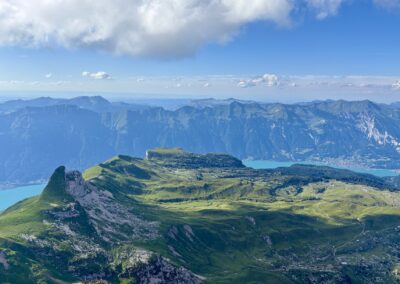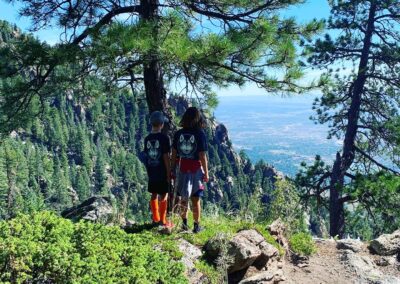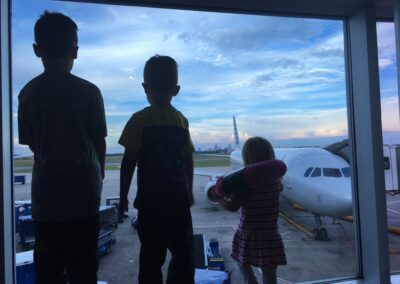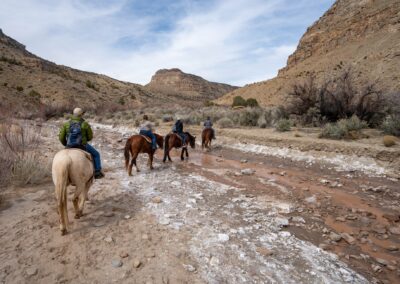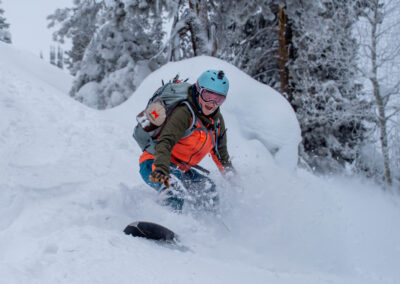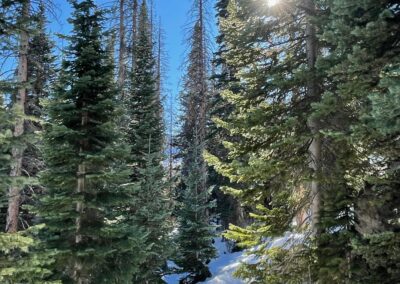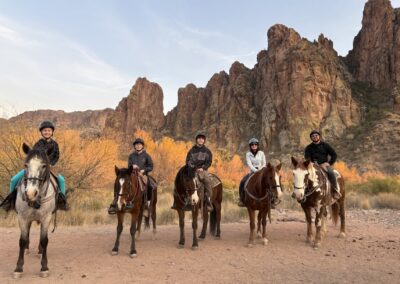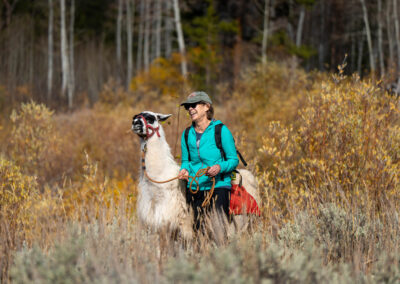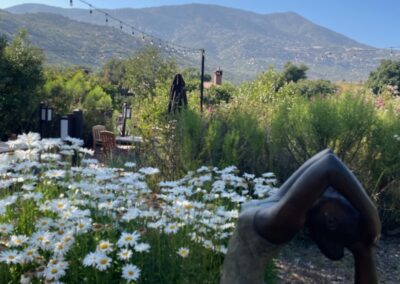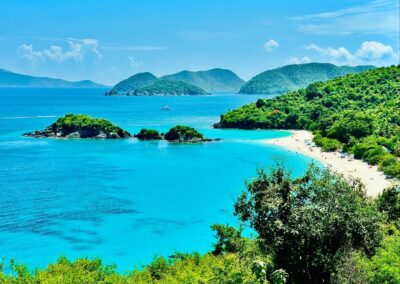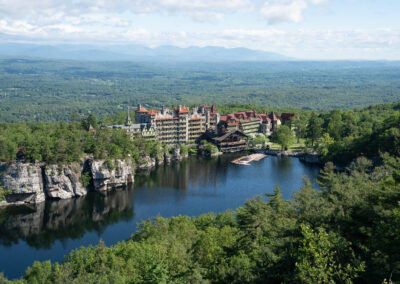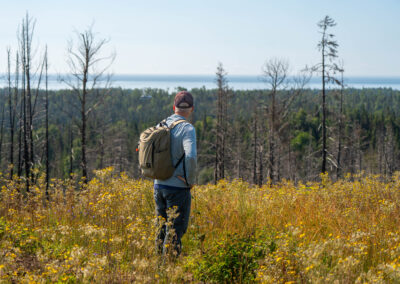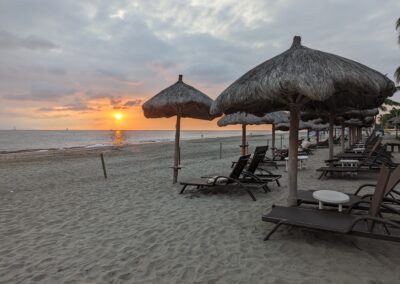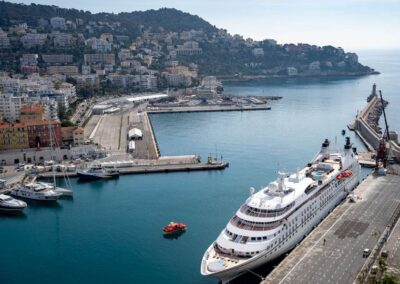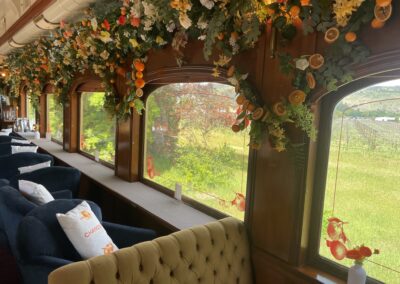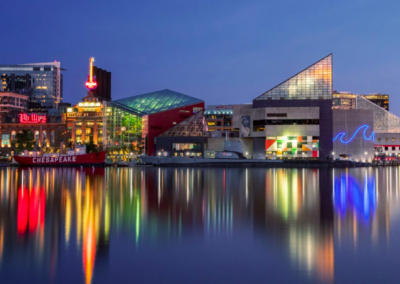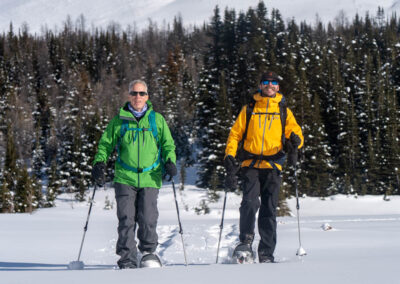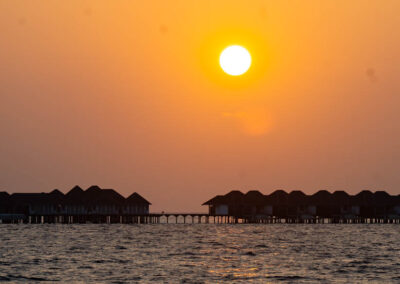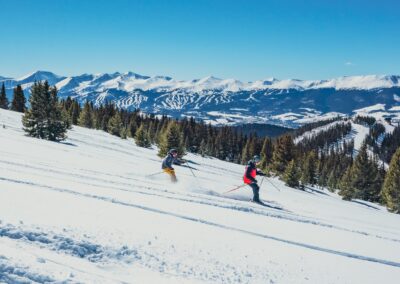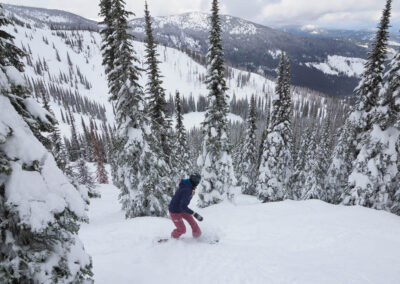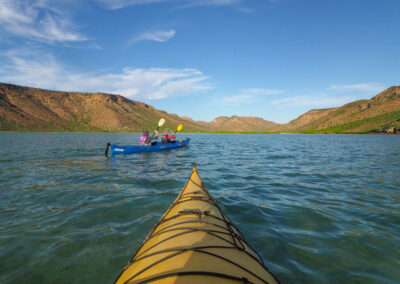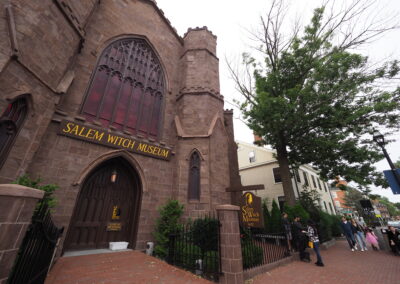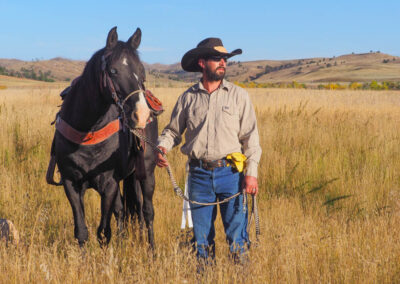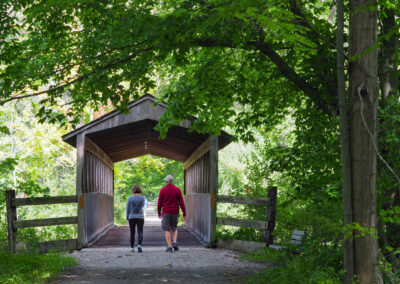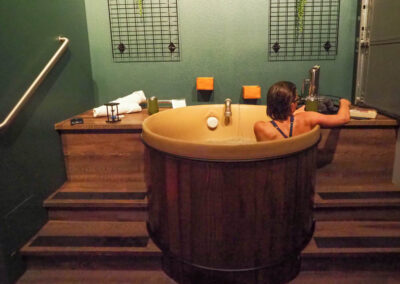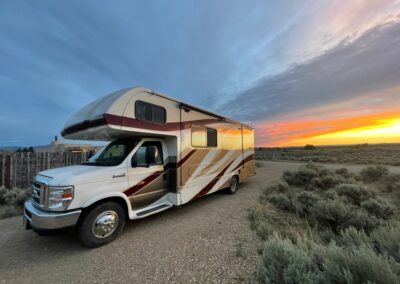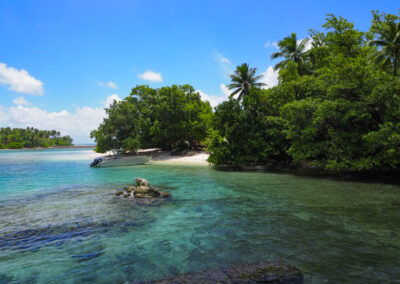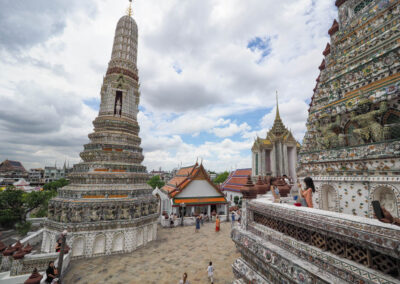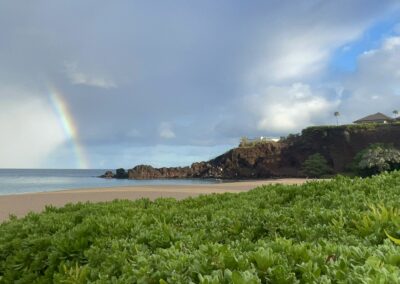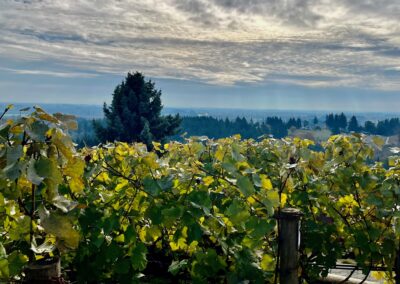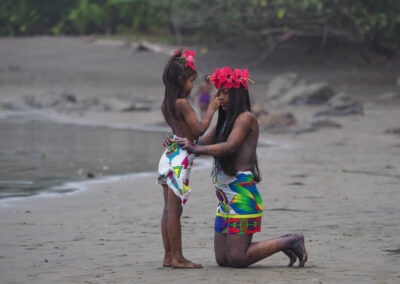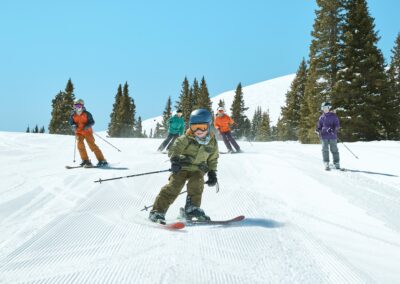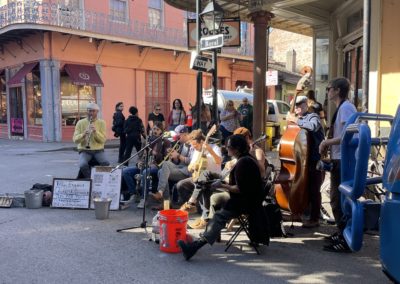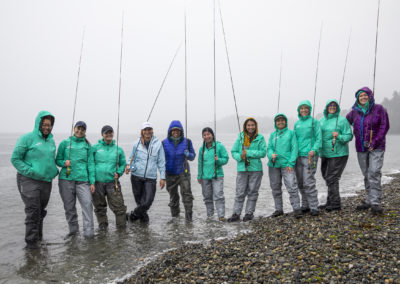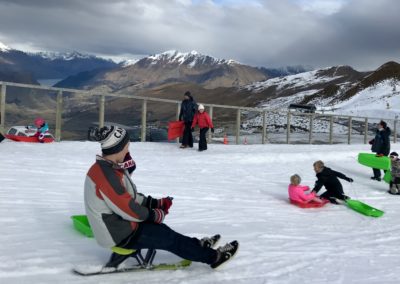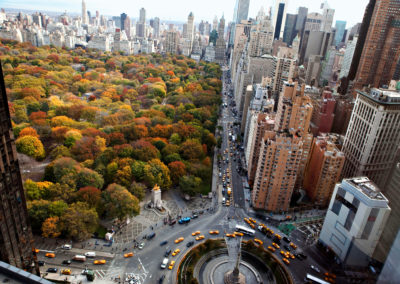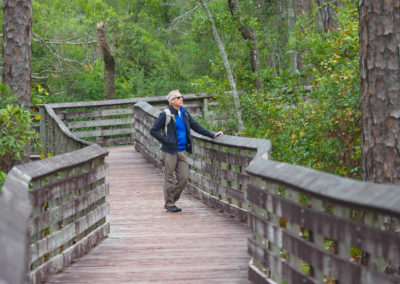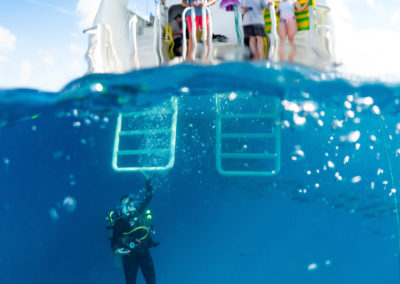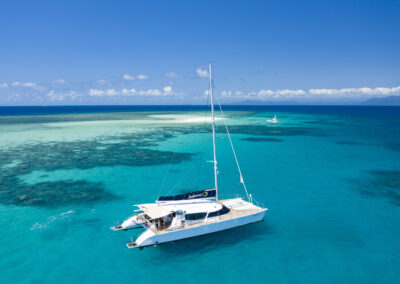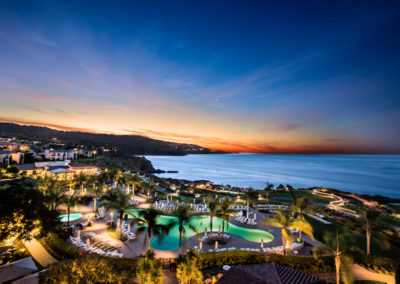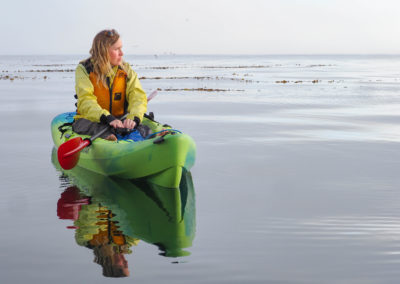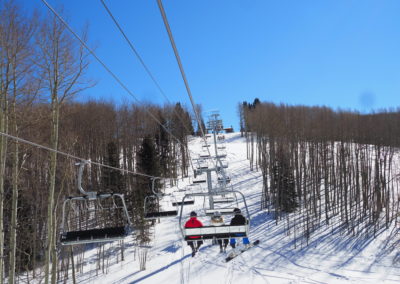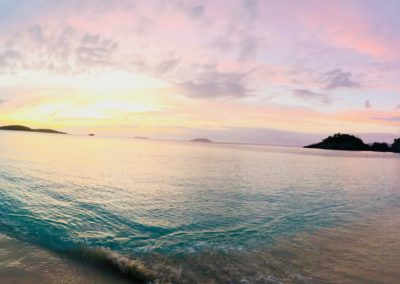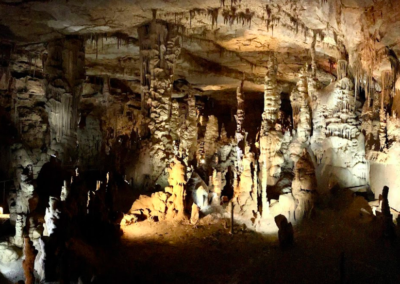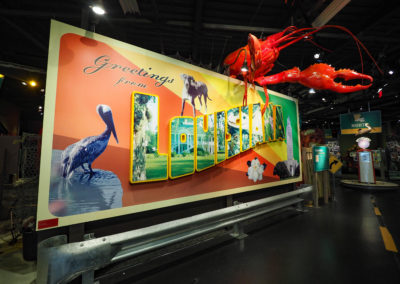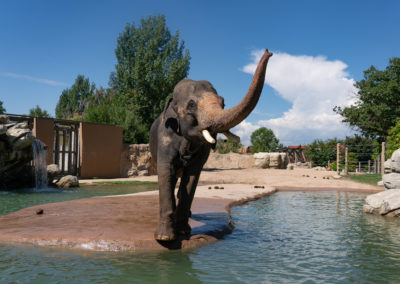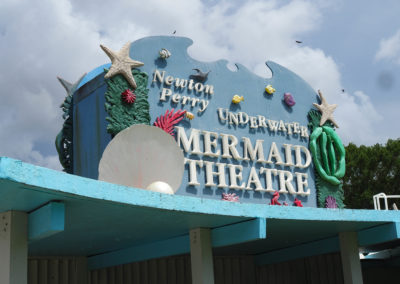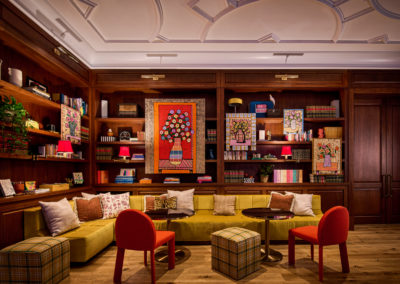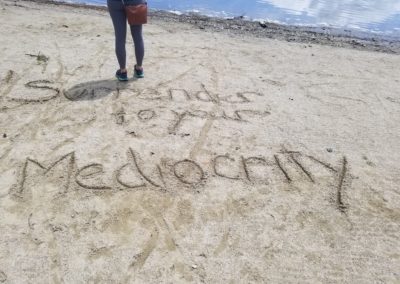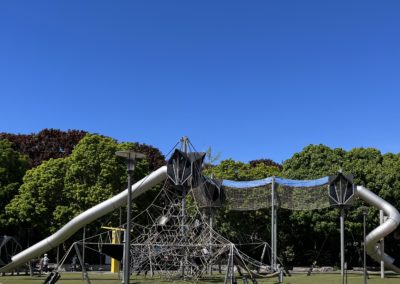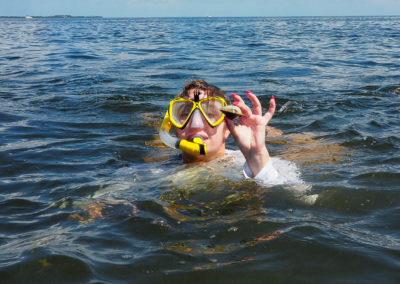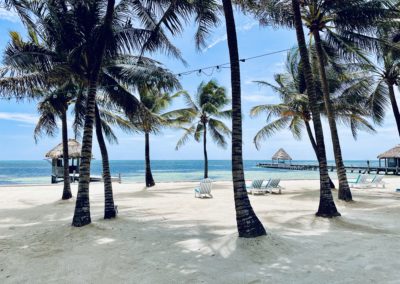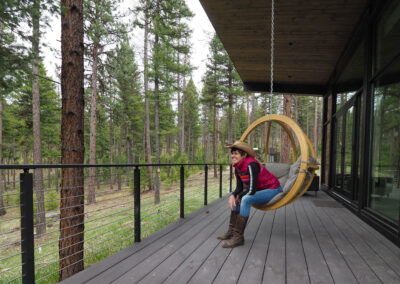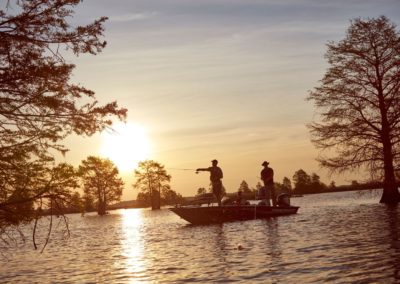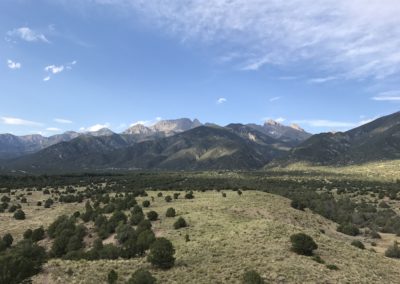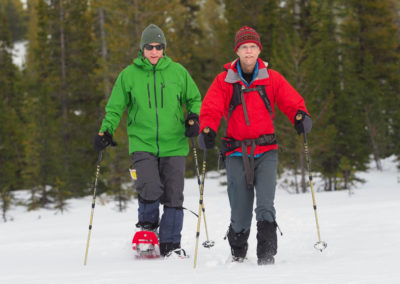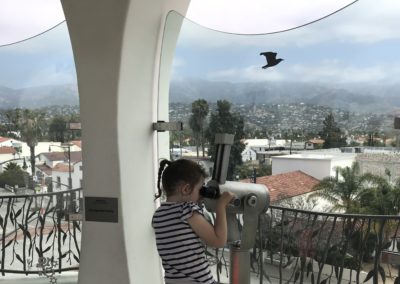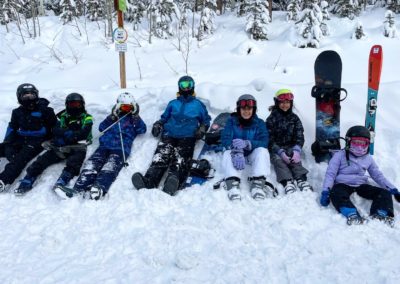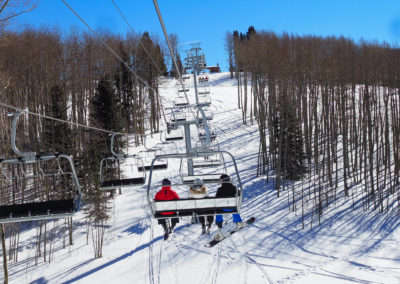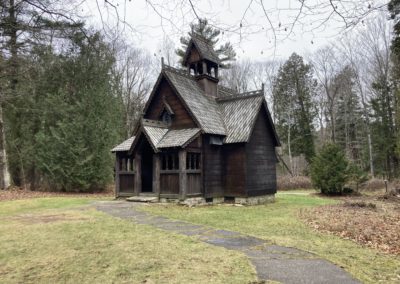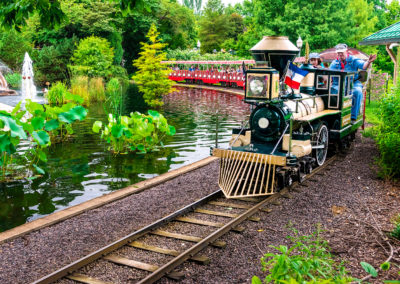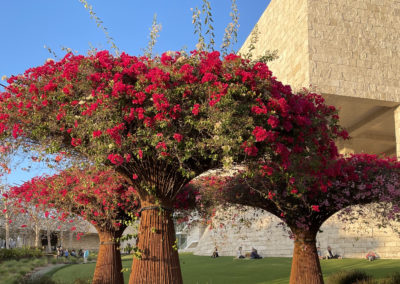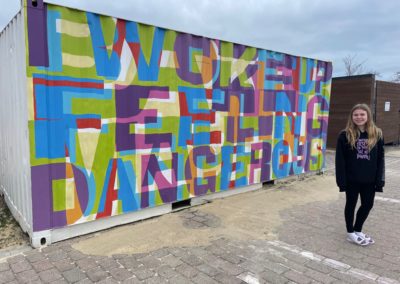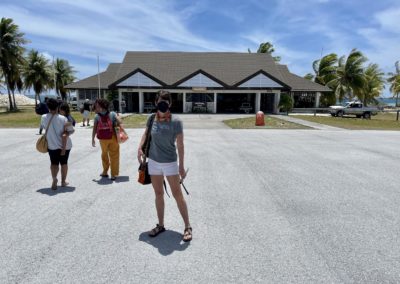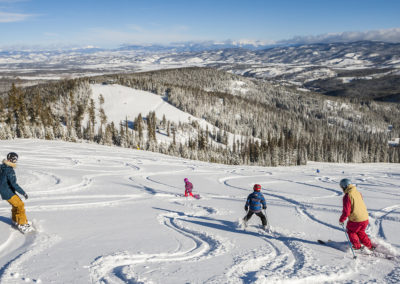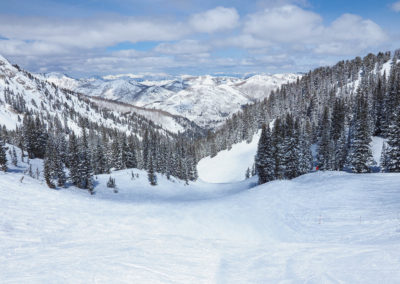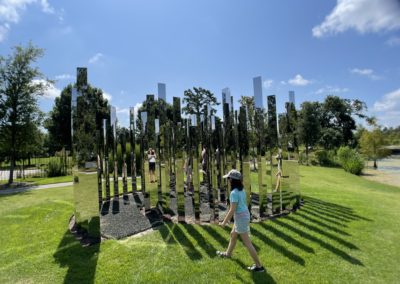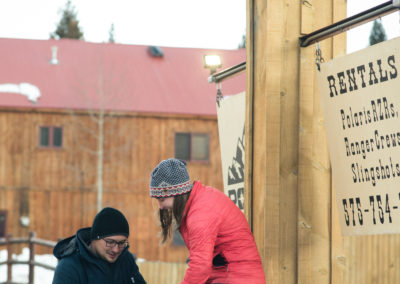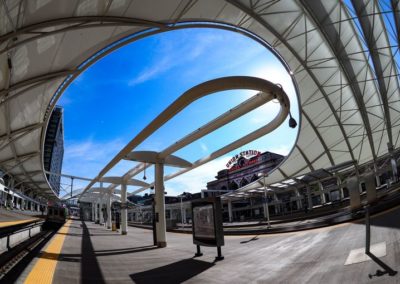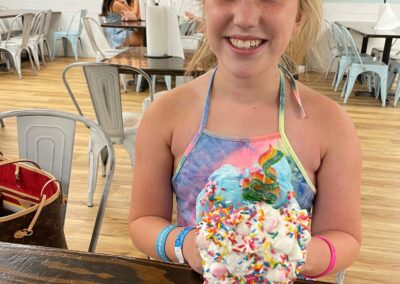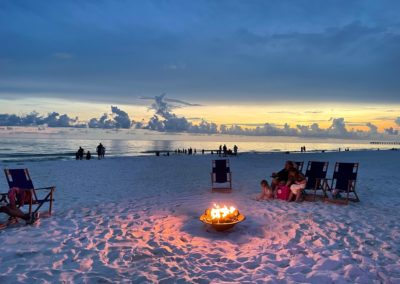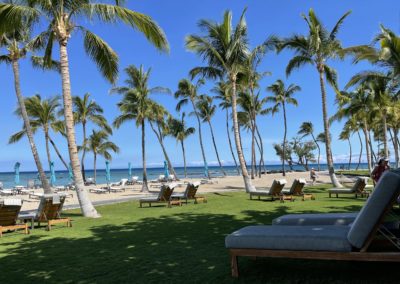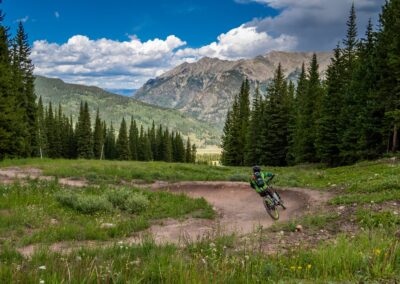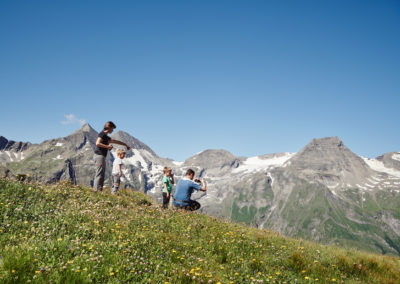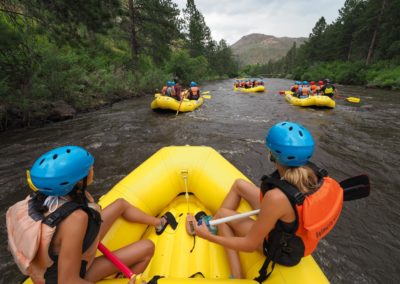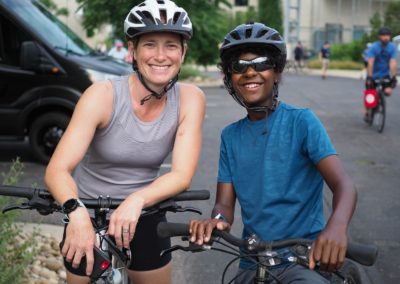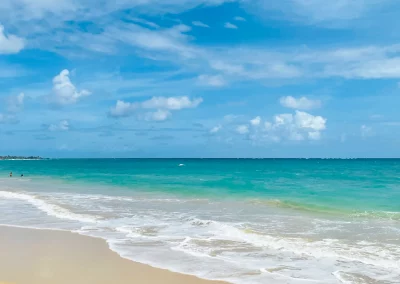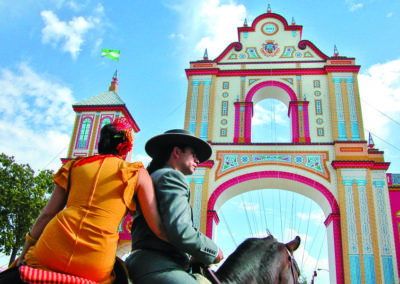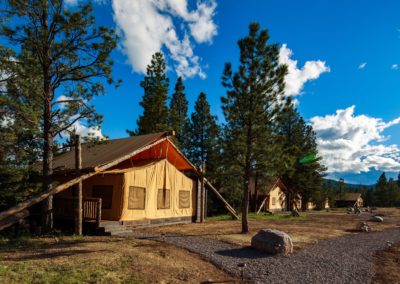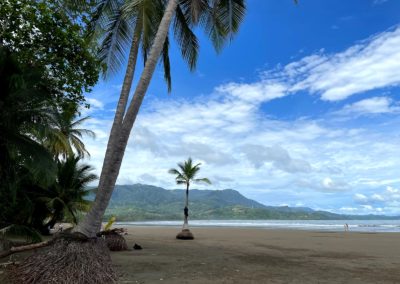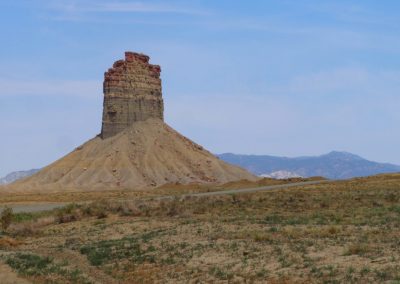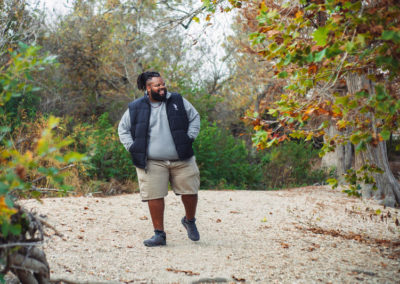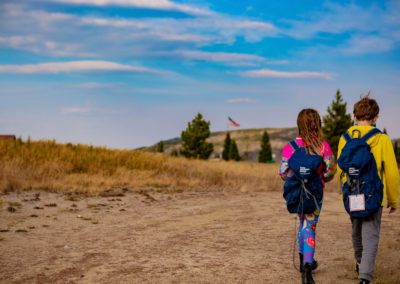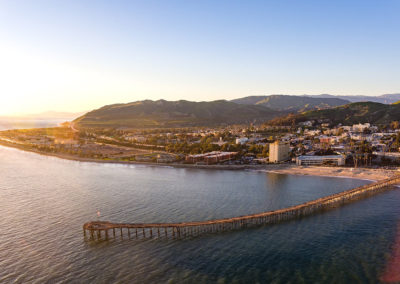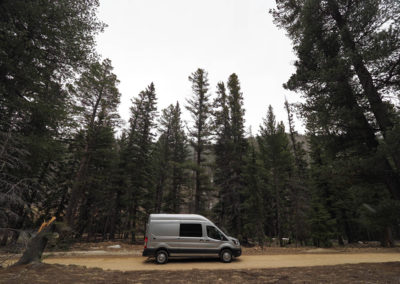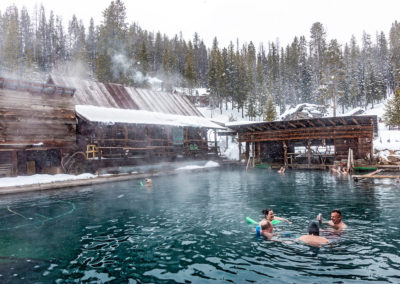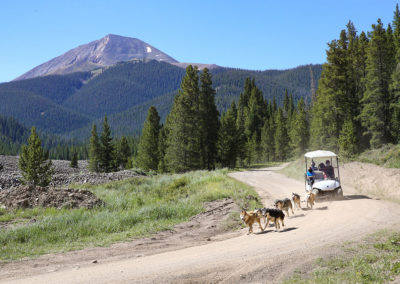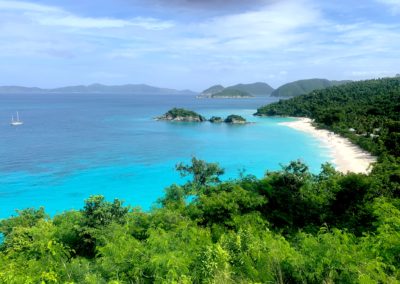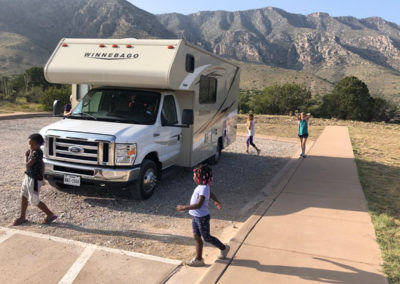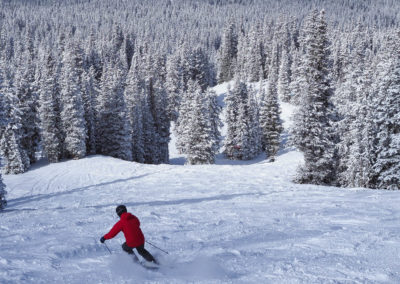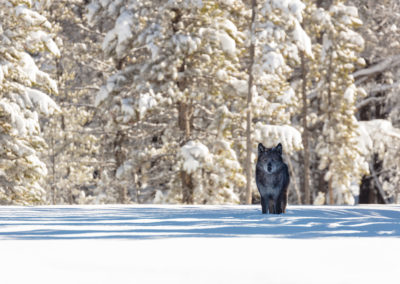From the colorful Blue Moon Villa perched high on Spyglass Hill on Tortola, we are cradled by the Caribbean as far as the eye can see. Up here, cooling island breezes rustle through the palms and fan our sunbaked bodies as we watch aquamarine waves roll onto Capoons Bay and Apple Bay below. Neighboring Jost Van Dyke floats in the distance –– an emerald gem on a sparkling sapphire sea –– and a tangerine sun slowly sinks behind it.

Perched on top of Spyglass Hill in the West End of Tortola, Blue Moon Villa boasts stunning views. Photo by Mauri Elbel
It’s tranquil and quiet here on the remote West End of Tortola in the British Virgin Islands. Tortola, the largest and most populated of the archipelago’s four main islands, sits 60 miles east of Puerto Rico and just a few miles from St. John –– an entirely different country just a ferry ride away. In a way, our trip to Tortola is like a staycation from our month-long vacation on St. John, the smallest of the three main U.S. Virgin Islands just across the channel.
Years ago, when we used to live and work on St. John, we would come here to escape for restful long weekends or boat over with friends for the night to attend the island’s famous full moon parties. Now, staying here with our three kids, Tortola’s soaring peaks, lush mountain landscape, laid-back vibe and brilliant beaches are a playground for exploring and relaxing.
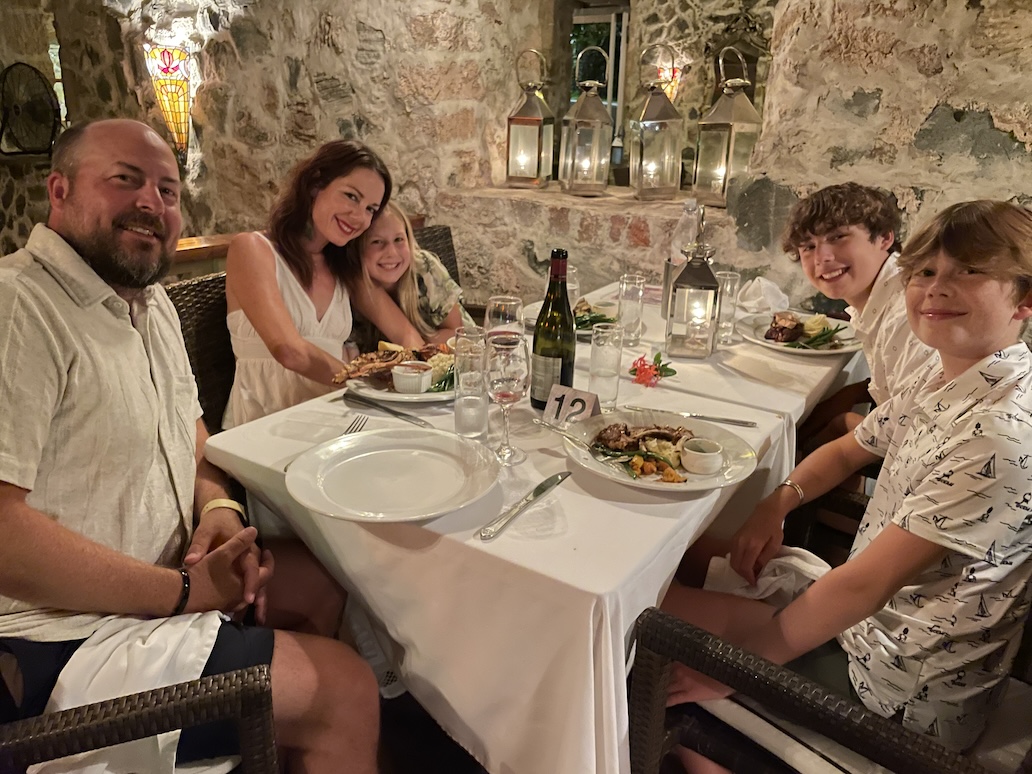
Mauri Elbel and family dine at the historic Sugar Mill Restaurant.
We stayed on Tortola’s West End, a less developed and more tranquil alternative to the bustling capital of Road Town, located in the center of the island’s south coast on the horseshoe-shaped Road Harbour, which is the tourism center of the BVI and hub for interisland ferries, yacht charters and cruise ships. From our villa on Tortola’s remote West End, we spent our days beaching, hiking, dining and exploring the surrounding islands. This time of year, from late August to early November, is hurricane season, but it’s also the off-season in the islands and one of my favorite times to visit because you’ll find zero crowds, empty beaches and the lowest lodging rates. Here’s how I’d recommend spending a few days on Tortola.
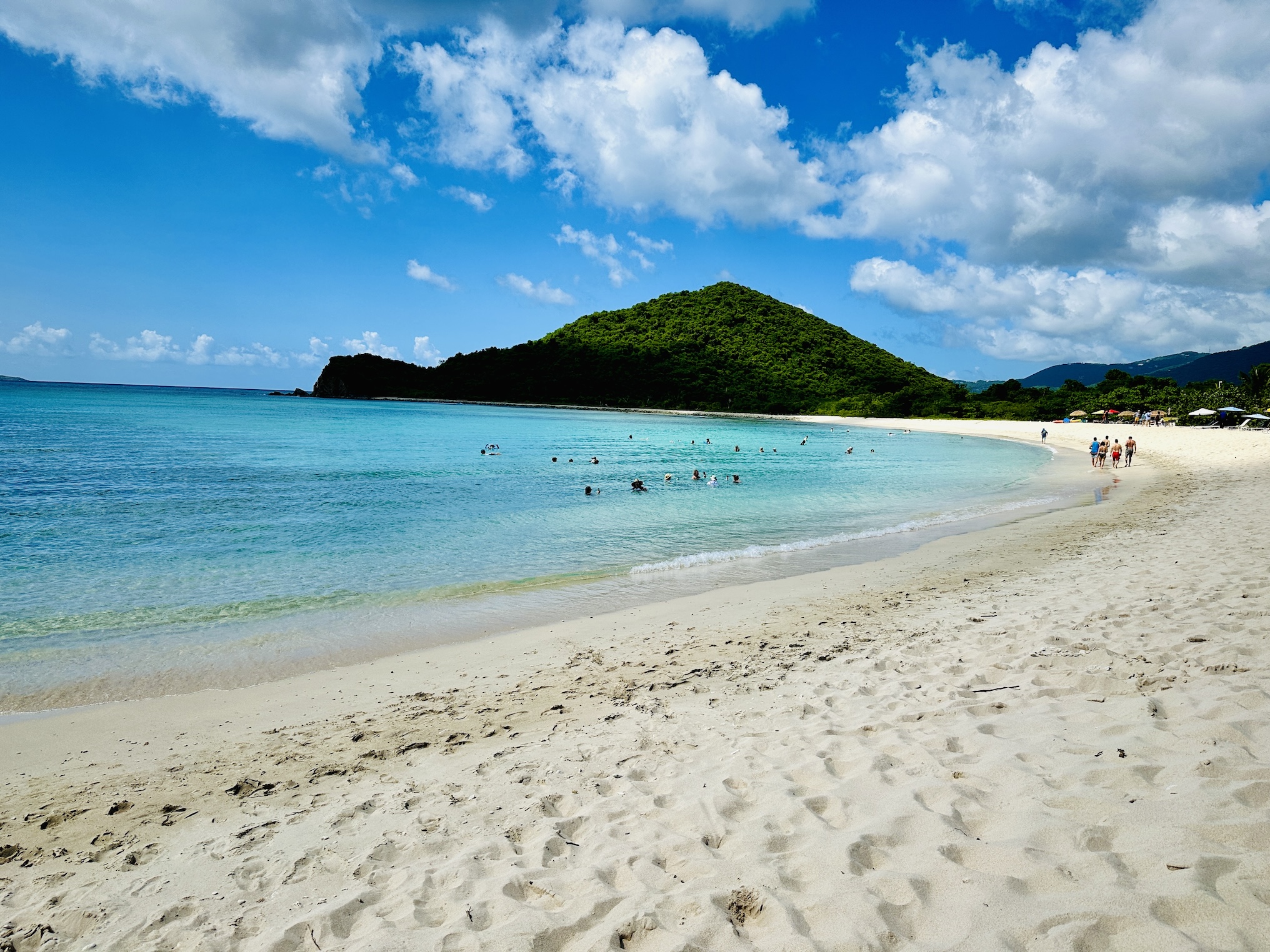
Smugglers Cove is a hidden gem on Tortola. Photo by Mauri Elbel
Hit the best beaches
Some of the most beautiful white sand beaches in the entire Caribbean line Tortola’s shores. Smuggler’s Cove –– a stunning crescent of sugary sand lapped by teal blue water –– is one of our favorites. It’s a bumpy, unpaved, pot-holed road that leads to Smuggler’s Cove, sitting on the very western end of Tortola, but the rough ride is worth the uncrowded beach, shady palms and gin-clear waters that await.
Long Bay Beach, a mile-long stretch of golden sand, is perfect for beach strolls and runs. Early one morning while our kids were still sleeping, my husband and I made the five-minute drive to Long Bay where we ran along the beach as an island rainstorm rolled in, cooling us down with a shower and painting a beautiful rainbow across the misty sky.
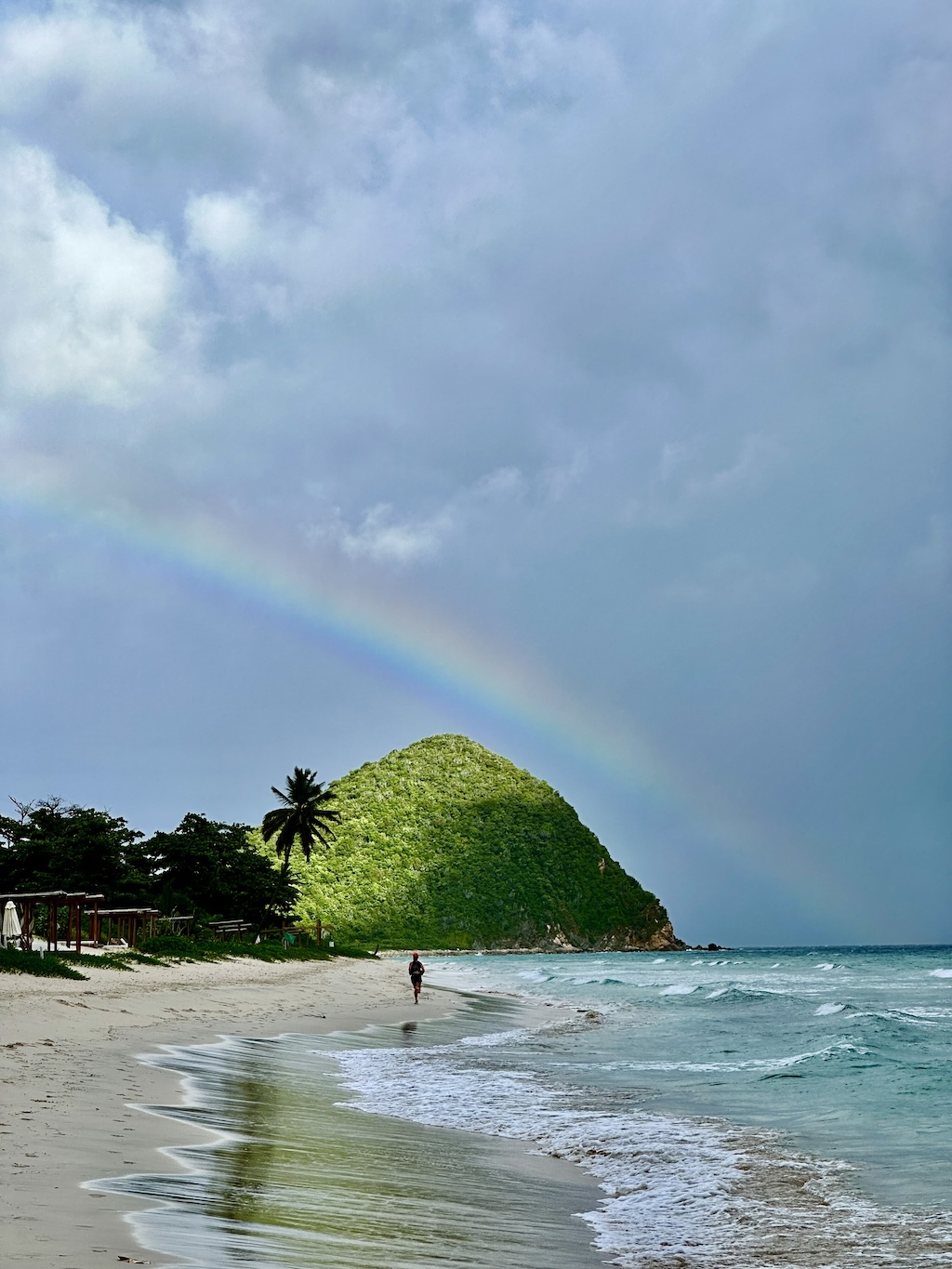
Mauri Elbel runs on mile-long Long Beach on Tortola. Photo by Travis Albrecht
We found ourselves all alone on deserted Rouges Bay, a tucked away, wildly remote beach on the island’s north shore that can only be reached by foot or boat, making it highly likely you’ll be the only souls there. Swimming to shore from the boat, Rouges Bay became our own private paradise for the day where our kids entertained themselves for hours jumping over blue-green waves and observing curious land crabs climbing along the craggy rocks.
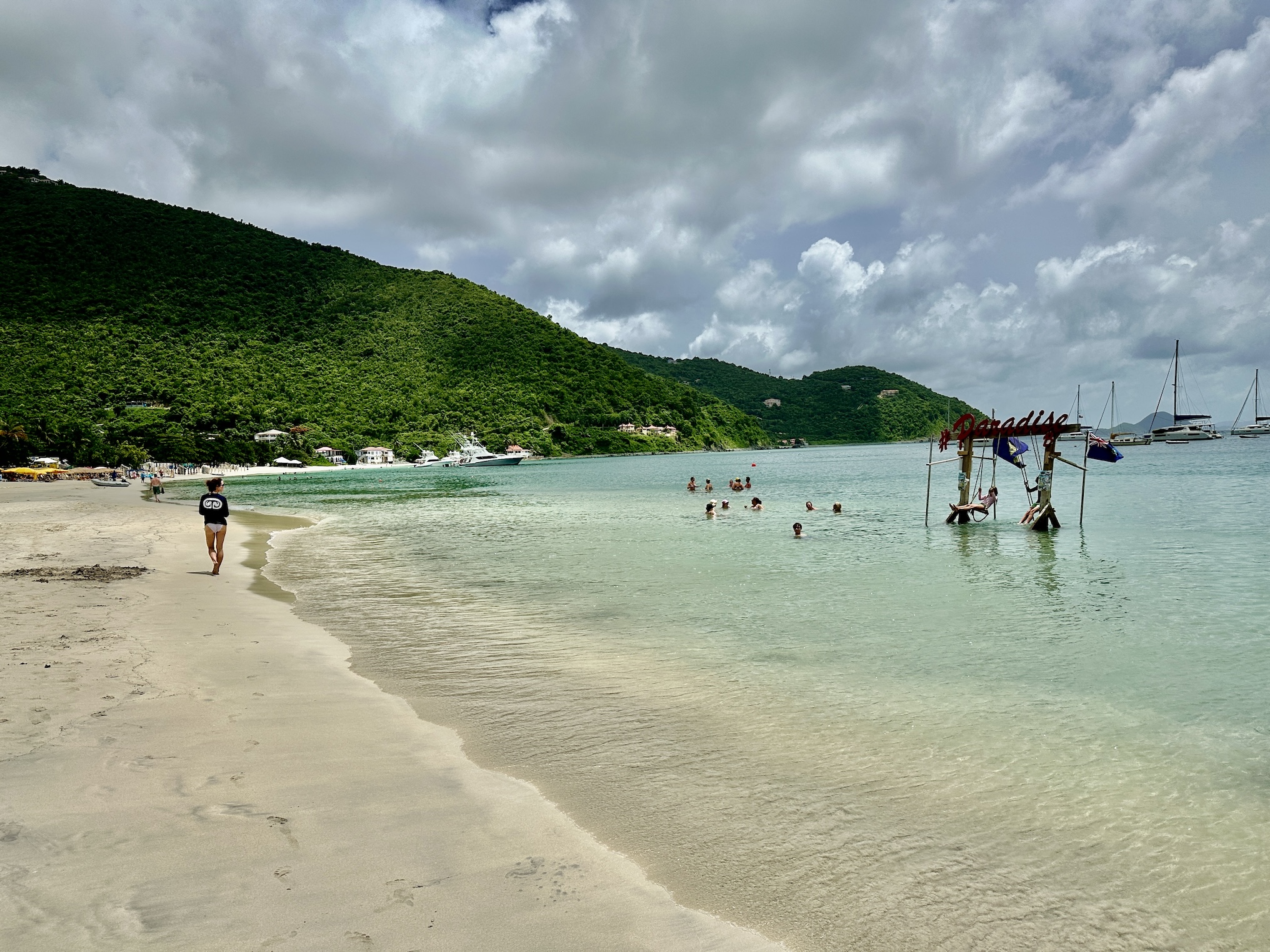
Cane Garden Bay is a popular beach on Tortola and a great place to eat and drink on the island. Photo by Mauri Elbel
Cane Garden Bay is undoubtedly Tortola’s most popular beach, and the proof is in the handful of beachfront rum shacks and restaurants lining this gently sloping strip of sand. But during the offseason –– and when droves of cruise ship passengers aren’t flooding the beautiful beach –– it’s a postcard-worthy paradise perfect for swimming, kayaking and paddleboarding across the calm bay.
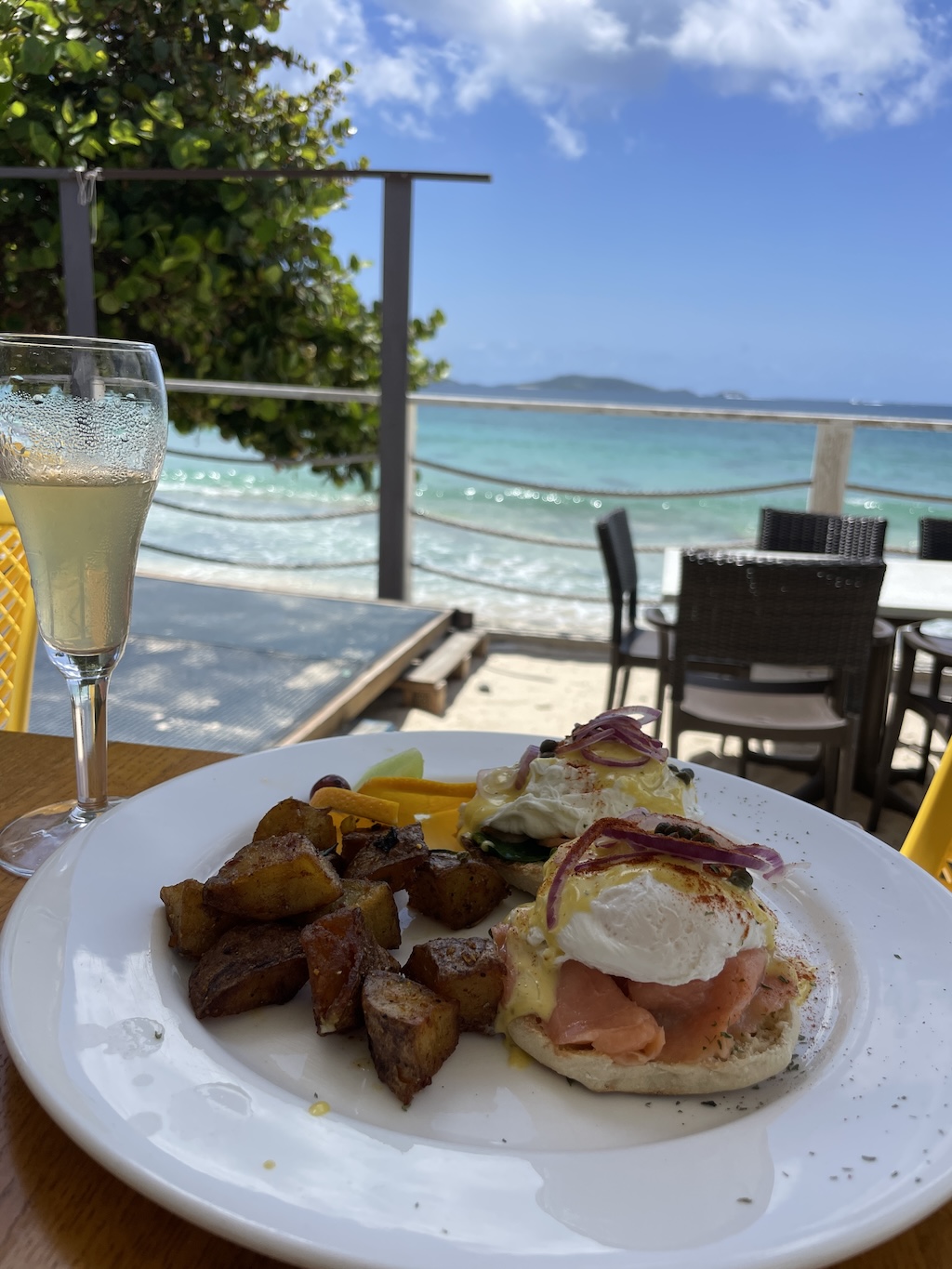
Sunday brunch with live music at Sebastian’s at Sebastian’s on the Beach on Little Apple Bay. Photo by Mauri Elbel
Brave the switchback-riddled drive to Brewers Bay for a more laidback beach setting fringed with shady trees and graced with shallow waves. Want to catch a wave? Surfers gravitate to Apple Bay, a long and narrow stretch on the island’s West End, that tends to get the most consistent swells that break on Tortola’s shores.
Hike the Virgin Islands’ highest peak
One morning we hiked through Sage Mountain National Park –– standing at 1,716 feet, Sage Mountain rises higher than any other peak in entire U.S. or British Virgin Islands. Towering trees and giant ferns blanket this 92-acre park laced with a handful of shaded, steep hiking trails and inhabited by frogs and lizards.
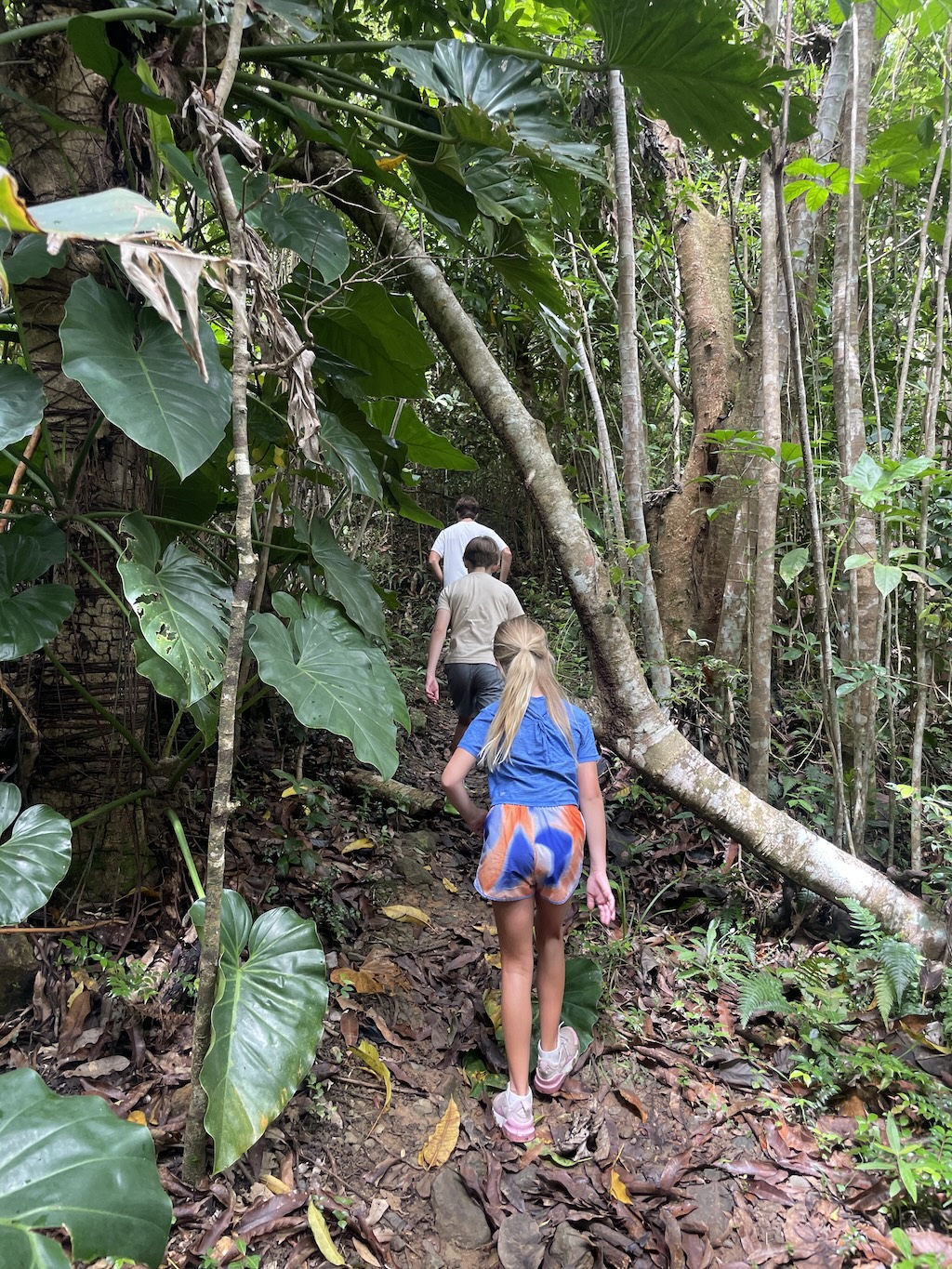
Sage Mountain is the highest point in all of the Virgin Islands. Photo by Mauri Elbel
The islands have been blessed with heavy rains this year, and the main path leading into the park was overgrown and muddy (wear shoes you don’t mind getting dirty). Start at the Mountain View gift shop where the owner, Jim Cullimore, will tell you all you need to know about the island and hand you a paper map if you promise to purchase one of his refreshing banana smoothies upon return.
Island Hop through the BVI
One of the things I love most about Tortola is its accessibility to the surrounding British Virgin Islands. Whether you charter a boat or simply hop on a ferry, Tortola is the perfect home base for exploring Jost Van Dyke, Virgin Gorda, Anegada and the dozens of smaller islands and cays that comprise the BVI.

The otherworldly granite megaliths at The Baths of Virgin Gorda put this island on the map. Photo by Mauri Elbel
Virgin Gorda is a mariner’s mecca, luring in seafarers with exclusive yacht clubs and safe anchorages while captivating the rest of us with secluded beaches, flora- and fauna-fringed trails, and of course, The Baths. Don’t miss an opportunity to visit the breathtaking Baths of Virgin Gorda, gargantuan granite boulders soaring up from crystalline turquoise water to create natural grottos and secluded saltwater pools. There’s nowhere else in the Caribbean –– or the planet –– like this otherworldly spot that made Virgin Gorda world famous.
Anegada, a flat coral and limestone island, is a rarity in a Caribbean dotted with volcanic islands. Anegada’s remoteness is her biggest asset, but from Tortola, she’s only a ferry ride away. Exploring Anegada’s 16 miles of undeveloped beaches sheltered by Horseshoe Reef, the Eastern Caribbean’s third largest continuous reef, you’re more likely to encounter sea life snorkeling than another human strolling the shores. You’ll also find salt ponds frequented by pink flamingos and endless beaches with mesmerizing blue-green water and memorable names like Loblolly Bay. If you haven’t tasted Caribbean lobster, Anegada is the best place to do it –– Anegada Reef Hotel serves spiny lobsters pulled straight from the sea, grilled to perfection over “torch wood” and served right on the beach.
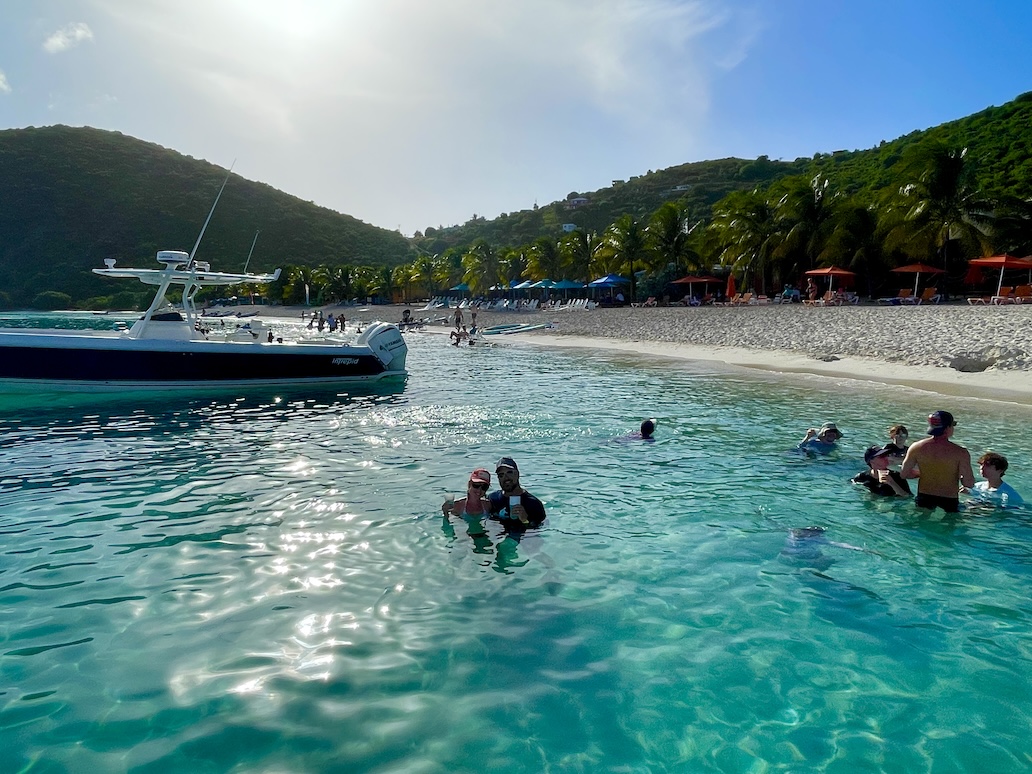
Boat over to White Bay on neighboring Jost Van Dyke.
If you love blindingly white beaches lapped by bright turquoise seas while drinking rum-in-the-sun, boat over to Jost Van Dyke and sink yourself into the pillowy sands of White Bay. This three-square-mile Caribbean paradise is the smallest of the four main BVIs and home to only a few hundred residents, but Jost Van Dyke’s White Bay teems with boats and rum-thirsty tourists every day of the week. Drop anchor in these blue topaz waters and swim onto silky White Bay fringed with palm trees, beach chairs and thatch-roofed beach bars. Order a painkiller (dark rum, pineapple and orange juices, cream of coconut and freshly grated nutmeg) from Soggy Dollar Bar and watch your cares float out to sea. If time allows, boat over to deserted Sandy Spit, a half-acre uninhabited islet just spitting distance away from Jost Van Dyke.
If You Go

Getting there:
You can fly into Terrance B. Lettsome International Airport (EIS) on Beef Island, which is connected to Tortola by a bridge. You can also fly into Cyril E. King International Airport on St. Thomas and take a ferry to Tortola from St. Thomas.

Stay:
When staying on Tortola, travelers have a range of options — from luxury resorts and beach cottages to private villas. We loved our stay at the colorful Blue Moon Villa on Tortola’s West End, boasting million-dollar views, three bedrooms and two bathrooms, a spacious living area, office and kitchen outfitted with brand new appliances, and a covered pool deck perfect for spending our afternoons and evenings floating in the pool, napping in the hammock, pouring a drink from the outdoor Caribbean bar, playing darts with the kids, and grilling dinner.
Do:
Stroll and snorkel Tortola’s breathtaking beaches, hike through Sage Mountain National Park, visit historic ruins, explore Callwood Rum Distillery, the oldest continually operating distillery in the Eastern Caribbean, and island hop to the nearby BVIs.
Eat + Drink:
We had a delicious Sunday brunch served with a breathtaking ocean view and live music at Sebastian’s On the Beach. Drink a rum punch or painkiller from the beach bars lining Cane Garden Bay, and then refuel for lunch at the beachfront Quito’s Gazebo. We had one of the best dinners in the Caribbean at Sugar Mill Restaurant, feasting on curried conch, fresh Anegada lobster, filet mignon with duck confit, and rack of lamb inside the 400–year–old stone walls of the historic Rum House. We picked up fresh seafood and steaks to grill back at the villa at Steakcation, the only artisan butchery and grocers in the BVI.

Pro tip:
Like the U.S. Virgin Islands, cars drive on the left side of the road and the currency is the U.S. dollar throughout the BVI. But, as a British Overseas Territory, U.S. citizens need a passport to enter.







